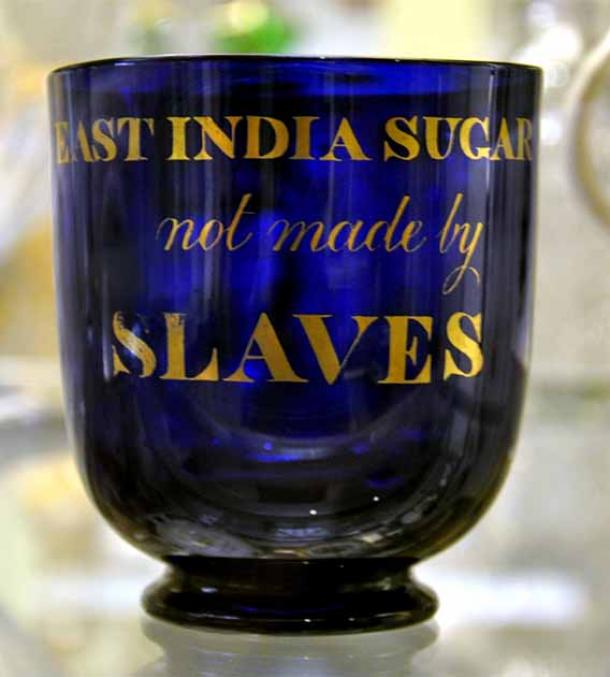
By Giving Up Sugar in Their Tea, British Women Helped End Slavery
Believe it or not, but by the 1700s, deciding whether or not to take sugar with your tea had become a political statement. While sugar-free diets are now all the rage, the motivations behind this health trend are a far cry from those of the anti-saccharites during the abolitionist sugar boycotts of Britain and North America.
By the 18th century drinking tea sweetened with sugar was a staple of millions of British households. This in turn helped fuel the despicable trade in slaves, necessary to keep the price of sugar low and keep up with the ever-increasing demand.
According to Royal Museums Greenwich, between 1662 and 1807 Britain human trafficked over three million Africans to the Americas as slaves. Many of these ended up working on sugar plantations in the Caribbean, famed for inhumane conditions and high death rates. Estimates claim that by the end of the 18th century, over 400,000 slaves had perished in the process.
Christian Quakers in Britain and America led the movement against slavery. Rejecting class divisions, they viewed slavery as contradictory to their principles. Sugar came to represent the corrupting force of greed and the Quakers began to understand the power of ethical consumer choices in shaping the political landscape.
These ideas stuck, with activists initiating a sugar boycott after British Parliament rejected an abolition bill in 1791.
“In every pound of sugar used, we may be considered as consuming two ounces of human flesh,” decried William Fox in a 1791 anti-sugar pamphlet. By some accounts the movement garnered the support of over 400,000 people in Britain, with more on the other side of the Atlantic, driving down the demand of sugar from the West Indies.

Serving sugar in East India Sugar “not made by slaves” sugar bowls became popular from around 1820 to 1830. (Public domain)
By the early 1800s, “eating sugar was about as acceptable as displaying tusks of ivory in one's living room is today,” explained NPR. In the 1820s, sugar bowls adorned with anti-slavery slogans had become a popular trend, with consumers opting for sugar sourced in India instead.
Due to pressure from the abolitionist movement, by 1807 King George III had signed the Act for the Abolition of the Slave Trade, effectively banning the slave trade in the British Empire. Nevertheless, many slavers defied the new legislation and slavery continued to exist in the Caribbean. This provoked another sugar boycott in the 1820s, exerting pressure on the government. Nevertheless, it was only in 1833, with the Slave Emancipation Act, that British slavery gradually came to an end.
While most people associate the movement with Thomas Clarkson and William Wilberforce, women and children played a crucial role promoting the boycott and in deciding their household consumption. A study from the University of Exeter highlighted the production of antislavery children’s literature and the role Georgian children played by refusing to eat products made with sugar.
Top image: British woman drinking tea. Source: Masson/Adobe Stock
















Comments
Sorry to rain on the parade, but they didn't achieve anywhere near as much as one might wish to believe.
The East India Company were up to their necks in Freemasonry and other chicanery that has culminated in modern slavery without chains (and even the realisation that such slavery is our lot). They were not on the side of good.
As such, the very well-intentioned anti-slavery activists of the era did not end slavery, just one form, which was replaced by an equally insidious, yet cleverer, form.
Such is the choice we are given. The day we realise this is the day slavery may actually come to an end.